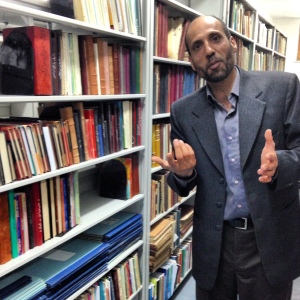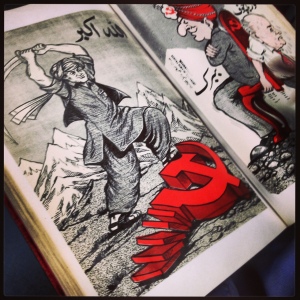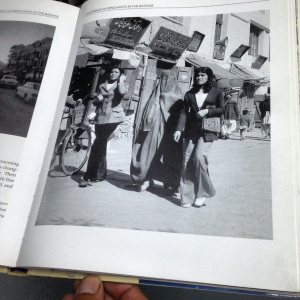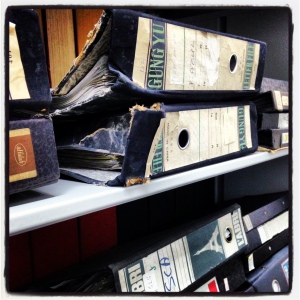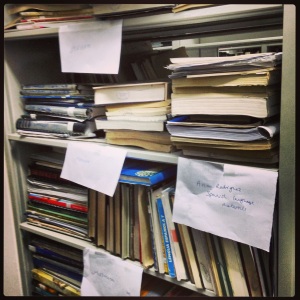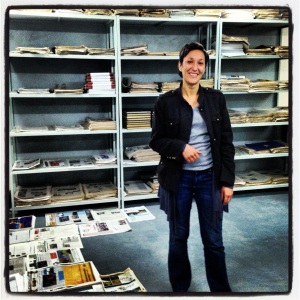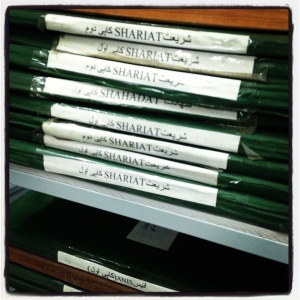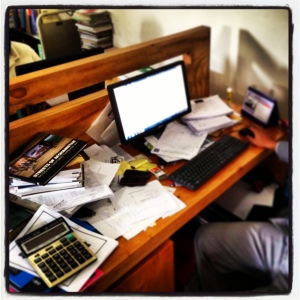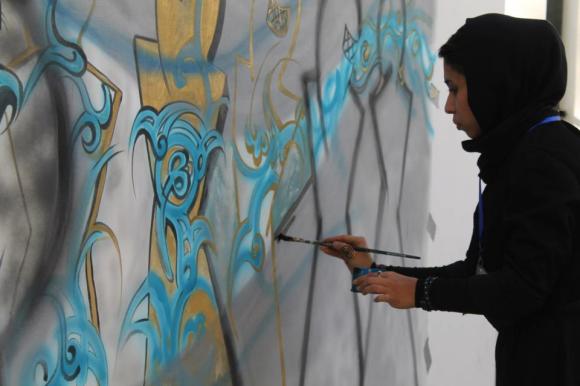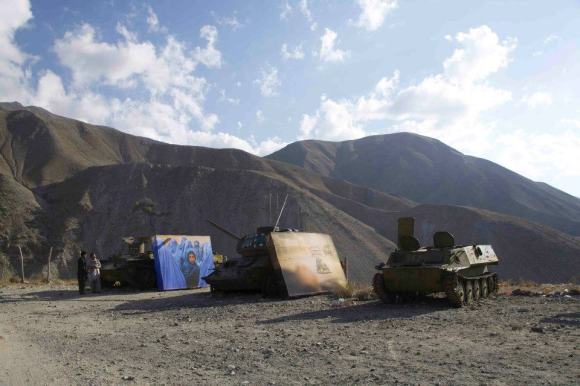The Afghan archive is housed at Afghanistan Center at Kabul University, ACKU. The center was opened in the spring of 2013. It is the only archive of its kind in Afghanistan and serves to collect and preserve all documents and books related to Afghanistan’s modern history, at this moment numbered around 80,000 and growing.
The bulk of the center’s archive was collected by Nancy and Louis Dupree who started collecting Afghan books and documents while living in Peshawar among Afghan refugees. The eclectic colletion includes communist propaganda, UN reports, fliers printed by warlords, books, photography, and newspapers. There are also a number of photography books from the 1960’s and 1970’s that show Afghanistan, and particularly Kabul in a completely different light than what most imagine it was.
The fascinating part of the story is how Nancy got the collections from Peshawar to Kabul. Starting in 2006, they began to smuggle around 60,000 documents back to Kabul in plastic bags hidden in trucks fearful that the collection could be destroyed if discovered. A team works to digitize all the documents in the archive for a free open sourced digital archive that anyone in the world with a computer can access. The enormity of the task means that the team estimates it will take till 2017 to catch up.
The archive not only preserves books and documents, it also had a separate room that houses a newspaper archive. I visited with my friend, Jelena Bjelica, a Serbian journalist living in Kabul, who is now working with ACKU. We were surrounded by piles of bound books of newspapers including Taliban newspapers under the name Shariat, and various mujahedeen newspapers, each faction had its own. The library manager, Rahim Qaderdan, opened up a book of Shariat papers, noticeable for their lack of photographs. The sense of history that surrounded me, palpable in the yellow pages stacked to the ceiling.
The collection first went to the Kabul Library and now is housed in a modern architectural building, ACKU, on the Kabul University Campus. The center hosts a variety of speakers and presentations in the auditorium.
I was there to deliver a copy of the Streets of Afghanistan book for the archive. An incredible honor. I watched the book go to the archivist’s desk to get its identification number and label. It is now a part of the Afghan archive housed inside the Afghanistan Centre at Kabul University a part of Afghanistan’s modern history.
The book is available for sale – proceeds benefit Mountain2Mountain – at www.streetsofafghanistanbook.com by Hatherleigh Press.

